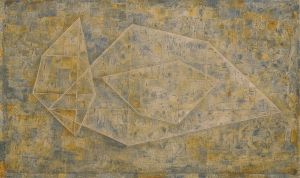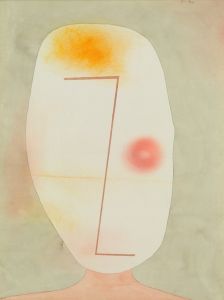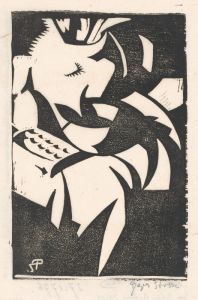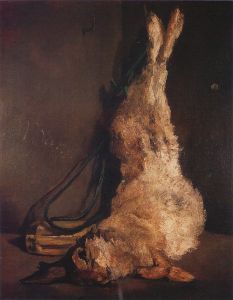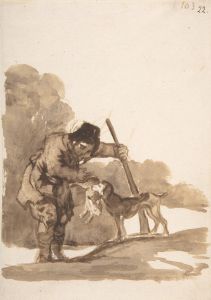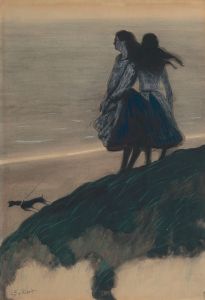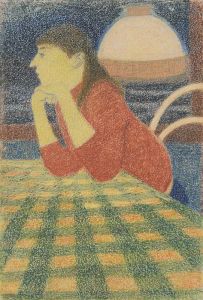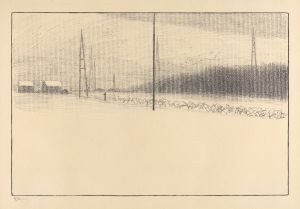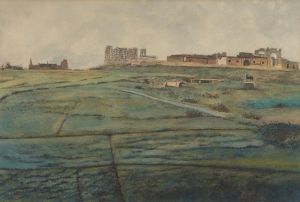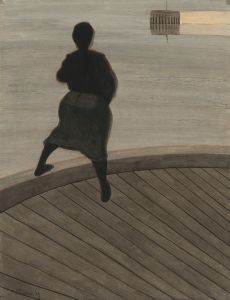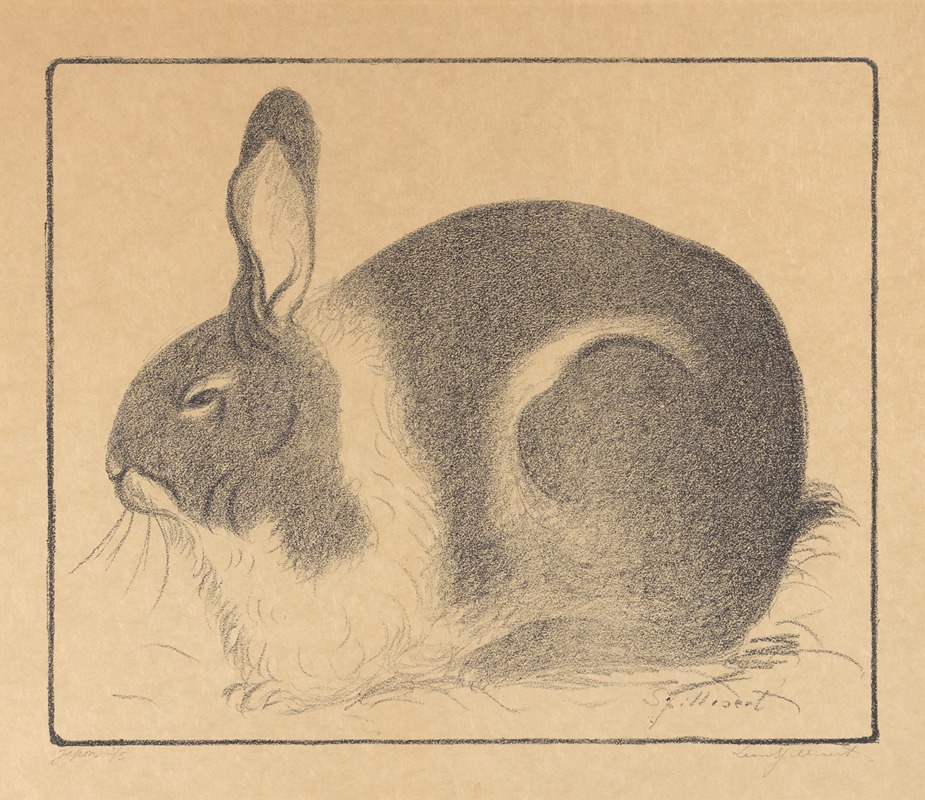
Konijn
A hand-painted replica of Léon Spilliaert’s masterpiece Konijn, meticulously crafted by professional artists to capture the true essence of the original. Each piece is created with museum-quality canvas and rare mineral pigments, carefully painted by experienced artists with delicate brushstrokes and rich, layered colors to perfectly recreate the texture of the original artwork. Unlike machine-printed reproductions, this hand-painted version brings the painting to life, infused with the artist’s emotions and skill in every stroke. Whether for personal collection or home decoration, it instantly elevates the artistic atmosphere of any space.
Léon Spilliaert (1881–1946) was a Belgian symbolist painter and graphic artist known for his unique style that often explored themes of solitude, introspection, and the mysterious aspects of the human psyche. His works are characterized by their use of stark contrasts, innovative compositions, and a haunting atmosphere. Spilliaert's art was influenced by the Symbolist movement, as well as by his own personal experiences and the landscapes of his native Ostend.
One of Spilliaert's lesser-known works is "Konijn," which translates to "Rabbit" in English. While there is limited information available specifically about this painting, it is consistent with Spilliaert's broader body of work in terms of style and thematic exploration. Spilliaert often depicted animals in his art, using them as symbols or metaphors to convey deeper meanings or emotions. His works frequently feature a minimalist approach, with a focus on the play of light and shadow, which creates a sense of depth and mystery.
Spilliaert's "Konijn" likely reflects his interest in capturing the essence of his subjects through a symbolic lens. The rabbit, as a subject, can be interpreted in various ways within the context of art and symbolism. It might represent innocence, vulnerability, or even a connection to nature. However, without specific documentation or commentary from Spilliaert himself, the exact interpretation of "Konijn" remains open to the viewer's perception.
Throughout his career, Spilliaert was known for his innovative use of materials and techniques. He often worked with ink, watercolor, and pastel, employing a distinctive approach that emphasized fluidity and contrast. His works are noted for their dreamlike quality, often evoking a sense of unease or introspection. This is achieved through his use of stark, empty spaces and the careful manipulation of light and shadow.
Spilliaert's art was deeply personal, often reflecting his own experiences and emotions. He suffered from periods of ill health and insomnia, which influenced the mood and tone of his work. The solitude and quiet contemplation found in many of his pieces can be seen as a reflection of his own inner world. His ability to convey complex emotions through simple, yet powerful imagery has earned him a lasting place in the history of art.
While "Konijn" may not be as widely recognized as some of Spilliaert's other works, it nonetheless contributes to the understanding of his artistic vision and the themes he explored. Spilliaert's work continues to be studied and appreciated for its unique contribution to the Symbolist movement and its ability to evoke deep emotional responses from viewers.
In summary, Léon Spilliaert's "Konijn" is a testament to his skill as an artist and his ability to imbue seemingly simple subjects with profound meaning. Through his innovative techniques and symbolic approach, Spilliaert created works that continue to resonate with audiences, inviting them to explore the depths of their own emotions and perceptions.





